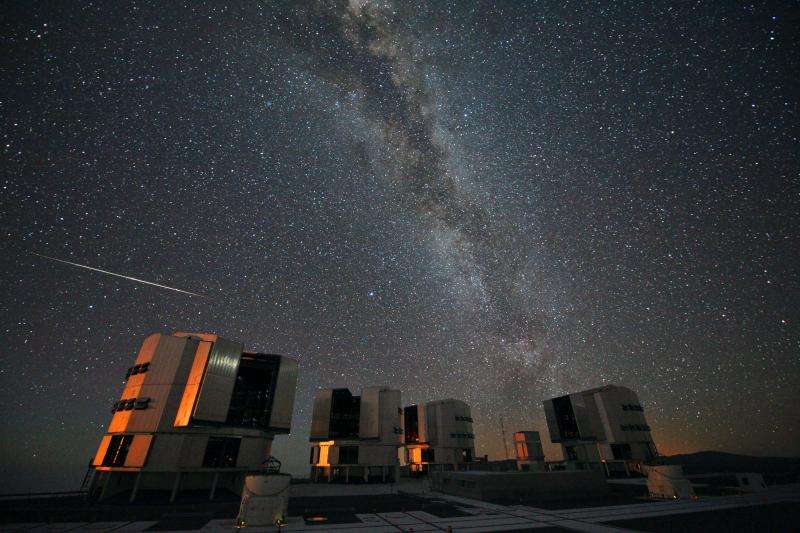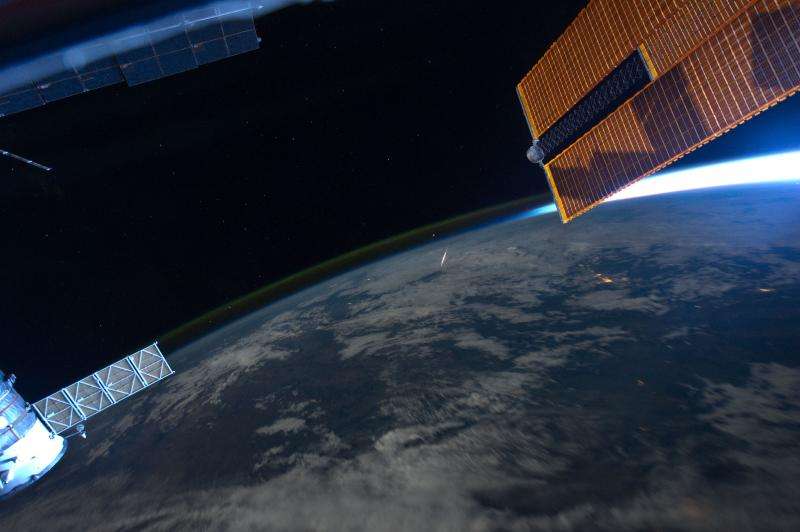Perseid meteors to light up summer skies

The evening of Wednesday 12 August into the morning of Thursday 13 August sees the annual maximum of the Perseid meteor shower. This year, a new moon makes prospects for watching this natural firework display particularly good.
Meteors (popularly known as 'shooting stars') are the result of small particles, some as small as a grain of sand, entering the Earth's atmosphere at high speed. The tail of the Comet Swift-Tuttle, which last passed near the Earth in 1992, leaves such debris in the Earth's path. On entering the atmosphere, these particles heat the air around them, causing the characteristic streak of light seen from the ground. This shower of meteors appears to originate from a single point, called a 'radiant', in the constellation of Perseus, hence the name.
The shower is active each year from around 17 July to 24 August, although for most of that period only a few meteors an hour will be visible. From the UK, the peak of the shower occurs in the late evening on 12 August to the morning of 13 August, when as many as 100 meteors or more may be seen each hour. This year, for the first time since 2007, this peak coincides with a new moon on 14 August, creating ideal dark sky conditions for meteor-spotting.
Unlike many celestial events meteor showers are straightforward to watch, and for most people the best equipment to use is simply the naked eye. Advice from experienced meteor observers is to wrap up well and set up a reclining chair to allow you to look up at the sky in comfort. If possible it also helps to be in a dark place away from artificial light, and to have an unobstructed view of the sky.

Although the number of visible meteors is hard to predict accurately, at least one every few minutes can be expected. They mostly appear as fleeting streaks of light lasting less than a second, but the brightest ones leave behind trails of vaporised gases and glowing air molecules that may take a few seconds to fade.
Provided by Royal Astronomical Society


















